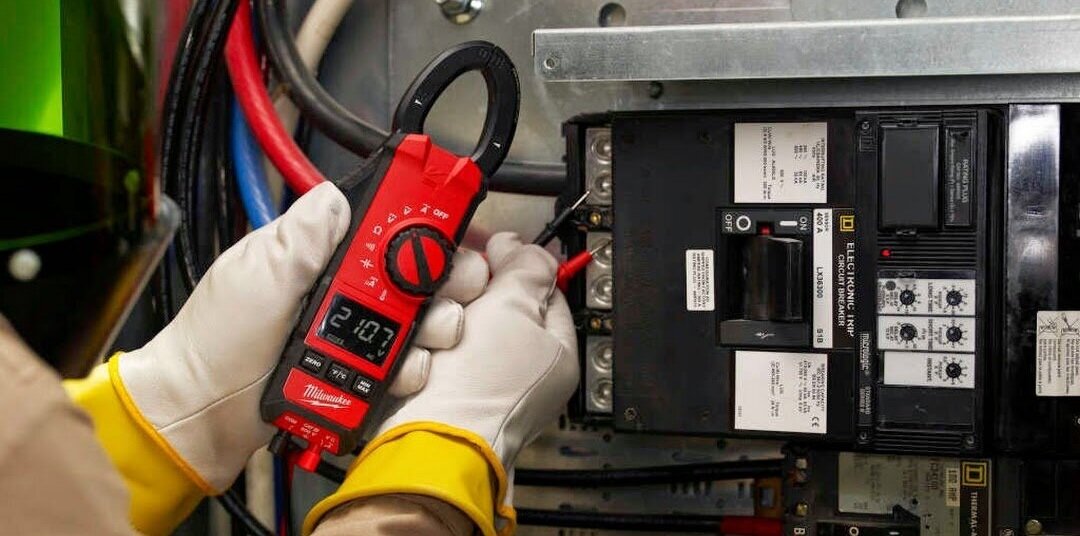Top Tips for Effective Electric System Troubleshooting
Fixing electrical systems calls for a methodical strategy, based in an extensive understanding of electric concepts and safety protocols. By familiarizing oneself with circuit parts, utilizing vital tools, and sticking to an organized evaluation method, professionals can efficiently identify and resolve concerns. The subtleties of reliable repairing prolong past simple technical understanding; understanding just how to document searchings for and prioritize security can dramatically affect end results. As we explore these critical elements even more, it ends up being clear that grasping this procedure is not simply beneficial but necessary for success in the field.
Understand the Basics
Understanding the basics of electric systems is necessary for effective troubleshooting, as a strong foundation enables service technicians to detect and solve problems a lot more effectively. A thorough grasp of electrical principles, such as voltage, current, resistance, and power, is essential in recognizing the origin triggers of issues. Voltage is the electric possible difference that drives present with a circuit, while resistance opposes the circulation of current, influencing the general capability of the system.
Knowledge with circuit parts, including resistors, capacitors, diodes, and switches over, is additionally critical. Each part plays a distinct function in circuit behavior and can impact efficiency when malfunctioning. In addition, understanding collection and parallel circuit setups is crucial, as these arrangements influence the distribution of voltage and current within the system.
Specialists have to be conscious of potential risks, such as shock and short circuits, to implement secure troubleshooting practices. By mastering these foundational concepts, technicians improve their capability to perform reliable diagnostics and repairs, inevitably leading to enhanced performance and reliability of electric systems (electrical system troubleshooting).
Gather Necessary Tools
Efficient troubleshooting of electrical systems needs the appropriate collection of devices to diagnose and fix concerns precisely. A fully equipped service technician can dramatically improve efficiency and efficiency in determining troubles. Vital tools include a multimeter, which measures voltage, existing, and resistance, allowing for exact assessments of electric elements. Clamp meters are likewise useful for determining current without disconnecting the circuit, making certain safety and benefit.
Furthermore, insulated hand devices such as screwdrivers, pliers, and wire strippers are essential for safely manipulating electrical links. It is likewise a good idea to have a circuit tester accessible to confirm the existence of voltage in electrical outlets and cords. For more complex systems, a thermal imaging cam can aid identify overheating components, showing possible failings.

Follow a Systematic Approach
Having gathered the ideal devices, the following action in repairing electrical systems is to comply with a systematic technique. A methodical strategy makes sure that service technicians can identify mistakes successfully and precisely, reducing downtime and avoiding unneeded repair work.
Begin by evaluating the system's schematic layouts and specs. Recognizing the style and operational parameters will certainly provide context for diagnosing issues. Next off, isolate the issue location by Full Report utilizing a procedure of removal. This entails checking each element systematically, beginning with the power resource and working in the direction of the lots.
Utilize testing tools, such as multimeters and oscilloscopes, to gather objective data regarding voltage, existing, and resistance at various factors within the system. This empirical proof will lead your troubleshooting efforts and aid to confirm or eliminate possible sources of failing.
Furthermore, consider ecological aspects that might affect the system's efficiency, such as temperature level changes or moisture access. A thorough assessment of circuitry, connections, and components will certainly make certain that all possibilities are represented.
Record Your Searchings For
Thorough documentation is vital in the repairing procedure of electric systems. This technique not just help in understanding the root reason of the trouble but likewise serves as a reference for future troubleshooting initiatives.

Furthermore, preserving a log of components replaced or repairs done is very useful. This details sustains supply monitoring and can assist analyze the longevity and reliability of specific parts.
Inevitably, the documents procedure need to be comprehensive yet succinct, making it possible for simple retrieval and evaluation - electrical system troubleshooting. By prioritizing thorough paperwork, service technicians can produce a beneficial understanding base that not just aids in current troubleshooting however also encourages future maintenance initiatives, thus enhancing general system integrity

Prioritize Precaution
Identifying the inherent threats related to electric systems is essential for making sure safety and security during troubleshooting. Electrical shock, burns, and tools damage are just a few of the potential threats that technicians deal with. Focusing on precaution is not just a legal obligation yet additionally a moral essential that safeguards both the service technician and the surrounding environment.
Prior to commencing any type of troubleshooting job, service technicians ought to don ideal individual safety equipment (PPE), including protected gloves, safety and security glasses, and flame-resistant clothing. Making sure that the workspace is completely dry and without mess can substantially minimize the danger of accidents. It is vital to de-energize circuits before beginning any see here type of job, verifying that they are not live via the use of a multimeter or voltage tester.
Establishing clear communication procedures with staff member is likewise important; this ensures that every person knows possible threats click for info and the condition of the electric system being serviced. Finally, having an emergency situation action plan in place can show invaluable in the occasion of an event. By prioritizing precaution, specialists can properly alleviate threats and foster a safer workplace.
Conclusion
Reliable electric system fixing relies on an extensive understanding of essential principles and a systematic method. Prioritizing safety and security measures makes certain the health of individuals entailed and the integrity of the electric system.